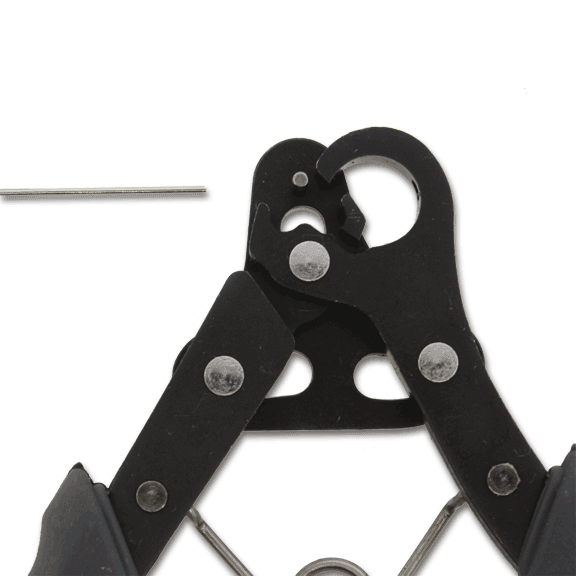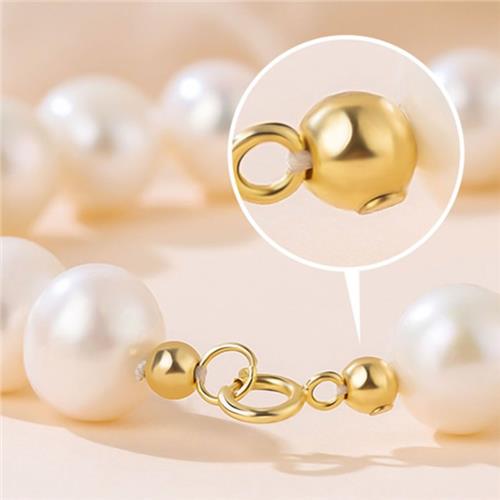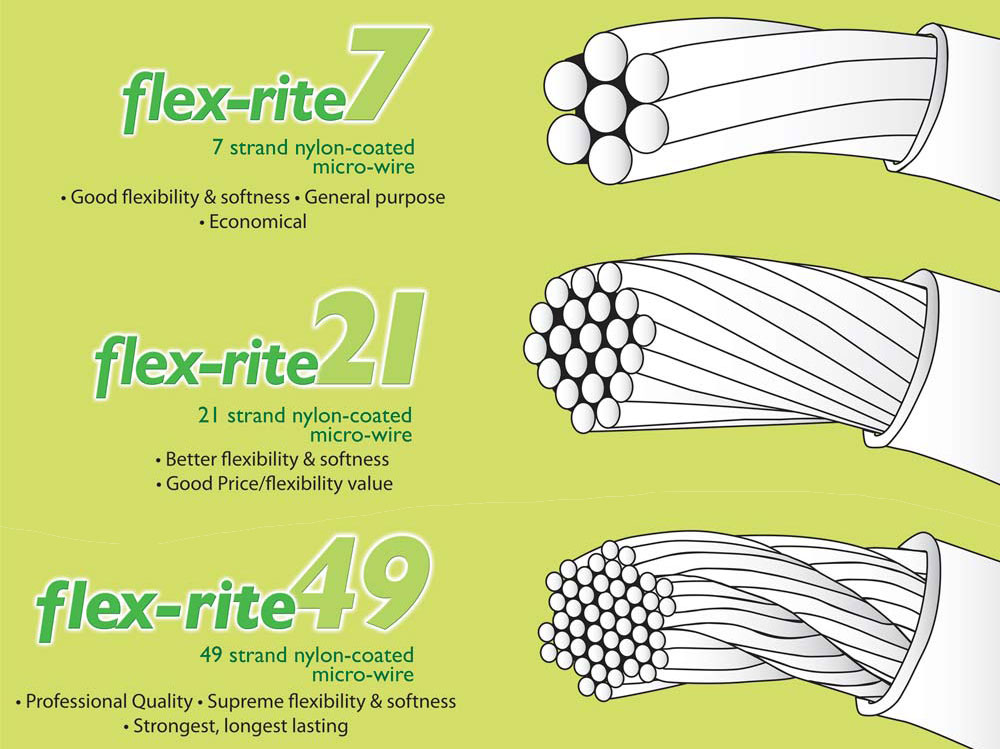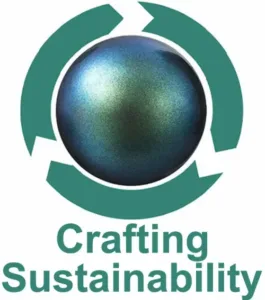Tarnish-Resistant Findings and Chain
Using tarnish-resistant metal components when making jewellery is a good idea because it helps to ensure that the finished piece will maintain its appearance over time. Tarnishing occurs when the surface of the metal reacts with the environment, such as exposure to air or contact with skin oils, resulting in a dull, discoloured appearance. Our tarnish-resistant findings and chains are made premium stainless steel or metal alloys gilded with a thick first-class plating of gold or silver. They are then finished with a permanent tarnish resistant layer to ensure they maintain their original bright luxurious sheen well into the future.
By using tarnish-resistant components, you can rest assured the jewellery you create will maintain their original shine even in high humidity and acidic environments. This is particularly important if you’re planning to gift or sell your jewellery pieces.
Is Tarnish Resistant Waterproof?
Our tarnish resistant findings and chains have been rigorously tested in everyday environments by people who never remove their necklaces and bracelets. After 6 months of continuous wear including in the shower, at the beach in salt water and even in chlorinated pools, we can proudly say our chains and findings looked just as good as they did on day 1. There was not even the need to wipe with a polish cloth!
While tarnish-resistant jewellery components are more resistant to corrosion and discoloration than other materials, they are not necessarily permanently waterproof. We’d expect that if they were hung in sea water for a solid 6 months, they would probably not do so well. But then neither would the wearer! For standard every-day attire, they should be just fine in regular situations.
The ability of a piece of jewellery to withstand water depends more on the other materials used. Some gemstones for example won’t do too well in water. Wooden beads may soak up salty water and crack as the salt crystalises. Threads may deteriorate and leather may break down from continual wet and dry cycles over a period of many months.
Tarnish Resistant vs Non Tarnish
Tarnish-resistant jewellery components are to resist tarnishing and discoloration over time. These components are made from materials that are more resistant to the environmental factors that cause tarnishing, such as exposure to air or contact with skin oils. Our tarnish-resistant components also have a protective coating to further prevent tarnish. In other words, they resist tarnishing.
The great thing about Tarnish Resistant findings is that they come in popular colours like Gold and Silver and they are very affordable. In fact, compare the price of Tarnish Resistant components vs the cost of replacing cheaper components 3 to 5 times over a couple of years and you’ll see that the more professional tarnish-resistant option can actually become the cheaper option too!
Non-tarnish jewellery components, on the other hand, are typically made from materials that do not tarnish at all, such as stainless steel or titanium. These materials are inherently resistant to corrosion and discoloration, and do not require a protective coating. Stainless steel is a great option as they offer superior hypoallergenic properties, but the trade off if that they are only available in the dull Stainless-Steel colour. As soon as stainless steel is plated with something like gold or silver plate, it’s not stainless steel anymore, so you’re back to the quality of the plating.
Both tarnish-resistant and non-tarnish jewellery components can be used to create high-quality, long-lasting jewellery. The choice between the two depends on the specific design of the piece, personal preference, and the colour requirement for the finished piece.












